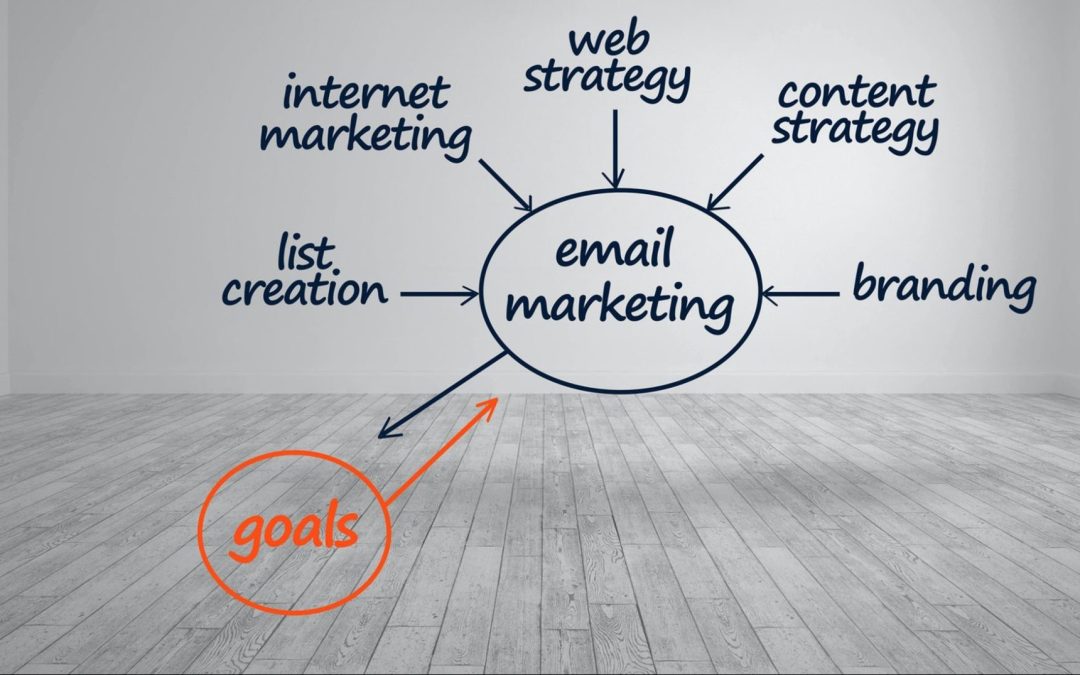Great content marketing isn’t easy. Yet, 40 percent of marketers don’t have a documented content marketing strategy.
Conversely, 73 percent of businesses that spend 10 to 70 percent of their total marketing budget on content marketing are thriving according to SemRush.
When done right, content marketing can help your brand develop and deliver relevant, consistent, and practical information to draw and maintain a particular audience.
But before you take the plunge, you must understand how content marketing works.
The process, however, can’t be explained in a few sentences — which explains why programs like Blog Growth Engine are super-detailed and extensive.
Still, you can leverage various tried-and-tested tactics to help you understand the fundamentals of content marketing and how your business can benefit from these approaches.
This post closely examines the building blocks of an effective content marketing campaign.
Let’s get cracking;
1. Establish Your Vision from the Get-go
While it sounds easy on paper, describing the motivation behind content creation can be challenging.
Start by writing down the reasons you want to create content and what a successful campaign looks like to you.
Think of it as a strategy to help you create a winning campaign. When everything is apparent right from the start, you’ll know where to spend your time and money.
Depending on your budget, you may want to recruit a team to help you with content creation.
Further, set realistic goals and have a proper implementation plan. For instance, deciding how much content you want to produce within a specific period and how frequently you’ll post it is essential.
As important as this stage is, most marketers miss it, failing to establish a strong foundation for the entire campaign.
So, when establishing your goal, think about how your content will integrate into your overall marketing strategy. Also, consider how your content will enable you to deliver that narrative to your target audience.
2. Know Your Target Audience
You must profile your audience if you want your content marketing efforts to yield positive results.
It’s hard to know which content to create, where to post it, and where to market it if you’ve not determined who your audience is.
Understanding the people you’re trying to draw to your content is crucial. So, you’ll want to create content that resonates with them.
Here’s how to zero in on your target audience:
Create Demographic Profiles: Include gender, religion, family size, educational level, marital status, age, etc., when profiling your ideal target audience.
Create Buyer Personas: Put yourself in your prospect’s shoes. Then think about how you can solve their pain points or satisfy their wants.
Generate the Content: Consider which platforms your audience frequent and which keywords pique their interest. Then, create content they’d want to read.
The point is that it is easier to achieve your content marketing goals if you know who you’re creating your content for.
3. Creating “Linkable” Content
Developing a strong backlink profile is necessary for an effective content marketing strategy. Why? …because Google loves a solid backlink profile.
While link building can be time-consuming, you can draw links by creating high-quality, informative content.
When authoritative websites link to your site, you’ll experience a traffic boost and enhanced credibility.
When your audience can trust you, they’ll read your content more often. As a result, this will improve your visibility online and increase conversions.
4. Lead Generation
You’ll want to keep an eye on the generation when running your content marketing campaign as a digital marketer.
One of the reasons many marketers use content marketing is to generate leads and conversion.
You’ll, therefore, want to create content that takes your target audience through the customer value journey.
Good content will generate significant leads and conversions. If your content isn’t bringing you leads, it’s time to revisit your strategy.
You can, for instance, create “gated content” such as videos, white papers, eBooks, templates, etc., requiring readers to fill out forms before accessing the content. That way, you can collect your reader’s emails for upsells down your campaign.
In addition, consider leveraging all-in-one marketing tools to help streamline and automate your lead nurturing campaign.
With lead nurturing automated, you can focus on other essential elements of your content marketing campaign, including keyword research and content generation.
Further, automation can help speed up the process of identifying which prospects are the most crucial to chase.
5. The SEO Factor
Sure, you can’t write content for search engines. In fact, creating content without putting your reader first will get you a Google Penalty.
Still, writing content that will help you get found in search engines is necessary.
So, before you write a copy, ensure you’re doing in-depth keyword research. You’ll want to spread the keyword(s) within the article to draw Google’s attention.
Most importantly, ensure your content is informative and well-written to improve user experience.
The Bottom Line
Whether you’re a blogger or a company with an army of 50 marketers, the core of success with your content marketing campaign will be a thoughtful, strategic plan.
It also involves well-calculated implementation to help you meet your broader business goals.
While your overall content marketing campaign seeks to create brand awareness, the “audience” element of your strategy will aim to be in tune with the people you’re trying to reach. So, ensure your content continually engages your audience for long-term success.
Further, ensure your content can clearly communicate your story. Leverage storytelling to nurture strong relationships with your prospects and turn them into loyalists over time. Your brand’s story is the foundation of your future content endeavors.
What’s more, determine the best channels to share your story with customers and prospects. Think about the CONTEXT in which your readers will view your content and adjust the content appropriately.
How and where your target audience is consuming your content is as crucial as the message you’re trying to communicate.
Lastly, measure your progress. Content marketing it’s a long-term game, so celebrate the small wins as they come. When you fail, learn and change tack quickly.



